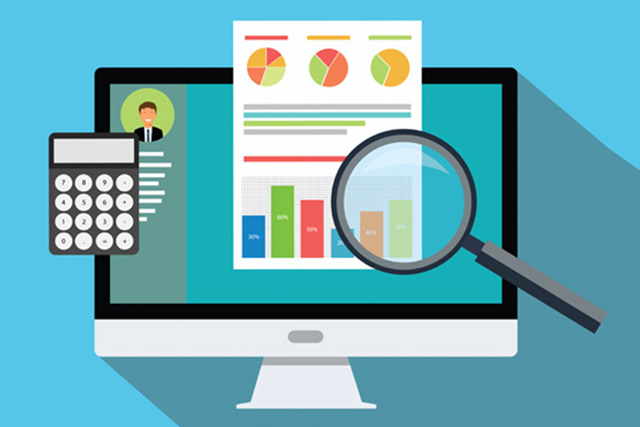When it comes to the future of POS technology, most people find themselves focused on the software side of things. Integrating more features and moving technology to the cloud seem to hold value, and there are certainly plenty of beneficial implications. However, POS hardware is about to hit a huge growth spurt, as well, and this could impact your business tremendously.
The Movement to a Cashless Economy?
A couple of decades ago, if you wanted to buy something in a retail store, you had three options – cash, paper check, or credit card. Soon thereafter, banks began the standard-issue debit card revolution, which made it easier than ever to pay for purchases, even if you didn’t have a credit card at all. More recently, retailers have started adding digital payment solutions. Walmart Pay, Samsung Pay, and Apple Pay are all growing in popularity with each passing day because they provide unprecedented convenience to consumers. All in all, it seems as if the future will see a shift to a cashless economy, which may render oversized cash registers and old-fashioned card readers collecting dust.
An Increasing Number of POS Transactions
In the last several years, transactions involving POS machines – credit card and debit card, along with digital payment solutions – have risen steadily. In fact, in the US, more people pay with credit or debit than with cash, and the paper check is all but antiquated. Even small retailers using commonplace registers and simple card readers are feeling the pressure to push forward. For example, most new credit and debit cards are now embedded with chip technology, which is more durable and offers more safety than traditional magnetic strip technology. Retailers that don’t offer chip readers may expose themselves to chargeback risks and may also lose business as customers seek out retailers that do.
Traditional Barcodes and Scanners May Soon Be Dead
POS hardware has long been associated with barcodes and hand-held scanners. In fact, if you’ve ever used a self-checkout aisle at a major department store, you’ve seen it in action. You scan a barcode for most items, and if an item is large or heavy, you can use a handheld scanner. Unfortunately, the traditional UPC technology doesn’t offer the ability to provide the same amount of information as a QR code. The shift from UPC to QR hasn’t started yet, but there’s some speculation that it may and that retailers may start using POS-connected apps on their mobile phones to read QR codes and process transactions.
More Information Means a Larger Screen
Traditional cash registers provided the user with a digital number display, but they weren’t capable of much more. Today’s registers can connect to computer systems and monitors to provide a user-friendly screen filled with vital information important to both the employee and the consumer. What’s more, many retail locations are beginning to see the value in using a tablet, especially on the sales floor. These provide employees ample opportunity to research questions, show consumers different options, and even allow consumers to check out without visiting the register.
POS hardware is going to find itself in more stores than ever in the next decade and beyond, and that hardware itself is going to be far more high-tech than we’ve ever seen. However, with that new technology comes more convenience, more security, and ultimately, more opportunities for sales.





